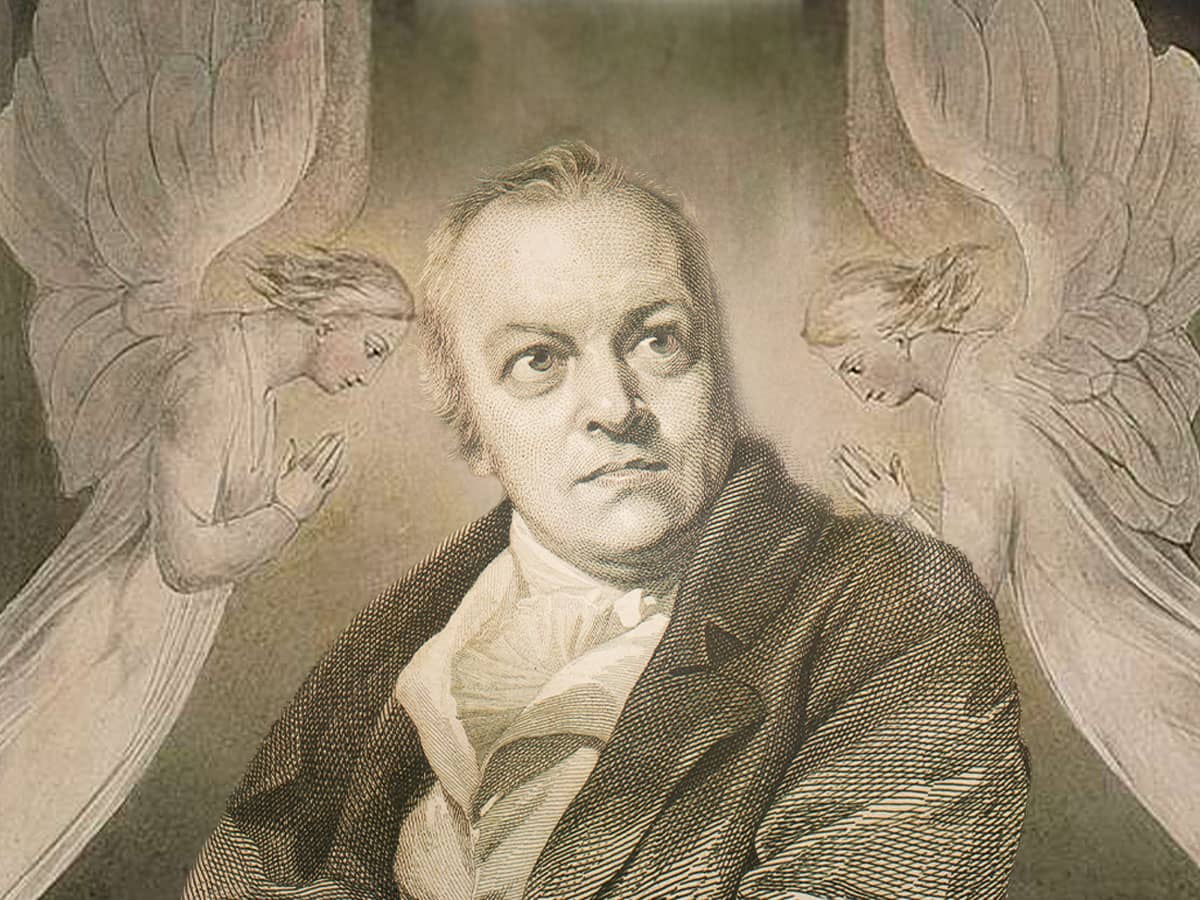As children, we fall asleep to the rhythms of the Little Engine’s “I think I can, I think I can,” which teaches us that both persistence and the power of positive thinking are the keys to success. From the get-go, we learn that “winners never quit and quitters never win,” along with dozens of other sayings that make it clear that we must hang in and soldier on.
The emphasis put on persistence is part of American mythology, perhaps because the founding of this country demanded it—surviving the first harsh winters in New England, forging west over treacherous and sometimes hostile terrain, having the gumption to set out for thousands of miles and stick it out. Tenacity provides the backbone for the American Dream—whether it’s the rags-to-riches climb, the come-from-behind victory, or a variant of Rocky the fighter facing down the odds. Seeing persistence as the key to success is also democratic. If hanging in there is what’s required, then all the other characteristics and advantages one person might have over another—education, class, privilege—are taken off the table.
Where the ancient Greeks saw Sisyphus, Americans see a potential hero in the making.
The Little Engine and its grownup counterparts dominate the collective thinking so completely that we like our success stories mixed with at least a dash of failure and preferably a pinch of impossible odds so that in the telling, persistence comes to the fore. Would we admire Thomas Edison’s invention of the light bulb as much if he’d succeeded on the first try? The answer is no because we wouldn’t like it if he succeeded on the first try.

In all of its iterations, the resolve-equals-success formula spawns other cultural tropes, not the least of which is that failure followed by renewed effort is intrinsic to success. It’s not a surprise that the YouTube video “Famous Failures” has been watched millions of times and reposted on Web sites all over the Internet. Its message? If you haven’t failed, you haven’t lived.
It’s a comforting thought. We put on these stories like a fighter’s cape—Stephen King’s thirty rejections and four unpublished novels, Steve Jobs’s failed Next computer, and many others like them—when we set new goals for ourselves. We tell ourselves that the cultural hum in our heads—the mantra of “I think I can” combined with a chorus of “If at first you don’t succeed, try, try again”—will see us through.
Our belief in the value of persistence colors the way we tell our own stories and the lessons we take away from the stories we’re told. This belief is so interwoven into our way of looking at life that it’s hard to see it any other way.
There’s only one problem. No matter how many times we watch Rocky bound up those steps, persistence alone isn’t a sure-fire formula for success. In fact, our reliance on tenacity narrows our field of vision in important ways because our brains are already wired to support it. In addition, each of us has innate habits of mind that steer us toward commitment and away from quitting, regardless of how remote the possibility of success.
Because our minds are geared to keep us going, when we think about the probability of achieving a goal, we’re likely to err on the side of optimistic, even wishful thinking. As a result, we’re not very good at judging whether a goal is actually attainable. That’s not even the whole story. When a goal we’ve already achieved is no longer making us happy, both our habits of mind and the onus on quitting will get in the way of moving on with our lives and setting new goals. Persistence trips us up because when we do fail to reach a goal, we often don’t give it up completely. Our persistence prevents us from moving on and setting new goals.
The ability to quit fully is as valuable a tool to living well as is persisting.
Accepting the value of quitting sounds weird, counterintuitive, boneheaded, and maybe subversive. We’ve all been taught that quitting is a sign of weakness and that quitters are losers.
But here it is in a nutshell: Successful and satisfied people know both how to persist and how to quit. Winners do quit but not in ways you think, and when they do, it’s with authority and intelligence.
Despite the cultural folklore, knowing how and when to quit is an important life skill—not a shameful last resort, as the culture dictates. Considering quitting yields a different perspective, one that is missing from what we’ve been taught and what we teach our children. It adds an important corrective to the way the human brain works, which is a deck already stacked on the side of persistence. Understanding why it is hard to quit artfully can give us insight into how much of our decision making is literally unconscious and what we can do to make it more conscious.
This book is based in science—what psychologists and researchers know about human behavior and motivation, and what scientists know about the brain. It looks at quitting as art that can be mastered and will help you understand how developing your ability to quit in balance with your ability to persist will make you happier and more satisfied with the decisions you’ve made. It will get you unstuck when you’re stuck and help you move on in life. The only way to reset new goals and open up new possibilities is to let go of old goals entirely
Excerpted from Mastering the Art of Quitting by Peg Streep and Alan Bernstein. Reprinted with permission from Da Capo Lifelong, © 2013.

